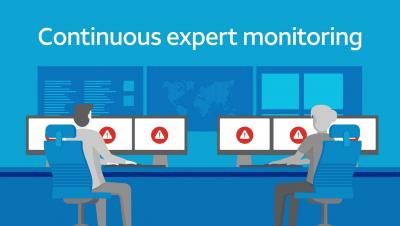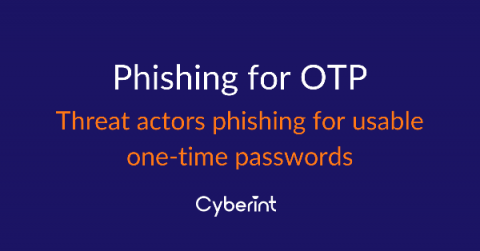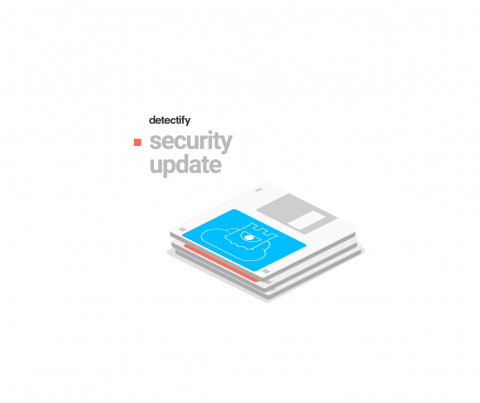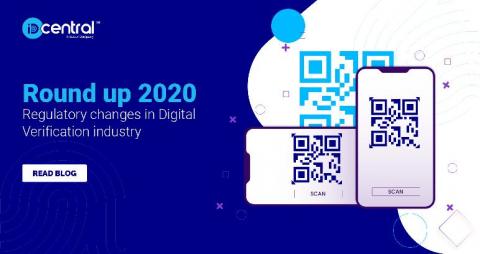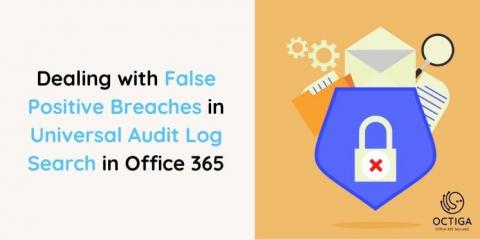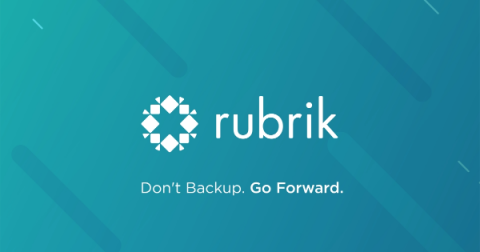Security | Threat Detection | Cyberattacks | DevSecOps | Compliance
Security
Phishing for OTP
Analysis of a recently detected phishing kit, targeting a retail bank based in the Philippines and submitted to VirusTotal, led to the identification of a low-sophistication method used by threat actors in an effort to phish for usable one-time passwords (OTP) along with account credentials.
Detectify security updates for December 14
Our Crowdsource ethical hacker community has been busy sending us security updates, including 0-day research. For Asset Monitoring, we now push out tests more frequently at record speed within 25 minutes from hacker to scanner. Due to confidentially agreements, we cannot publicize all security update releases here but they are immediately added to our scanner and available to all users. The following are some of the security vulnerabilities reported by Detectify Crowdsource ethical hackers.
Round up 2020: Regulatory changes in Digital Verification industry
We have witnessed major shifts in identity and verification industry as, post March 2020 a sudden explosion of people going digital was observed. It opened gates for vulnerability and opportunity for fraudsters. In April 2020, with a surge in work from home scenario- accelerated the process of administering remote systems and adequately protect them.
False Positive Breaches: Universal Audit Log Search Office 365
How to build a serial port fuzzer with Defensics SDK
Defensics SDK makes fuzz testing possible for custom protocols. Learn how to create a custom injector using the Defensics SDK API. Fuzz testing is never a bad idea. If you aren’t testing your implementation with malformed or unexpected inputs, someone else may be able to exploit a weakness simply from running the system. And fuzz testing (or fuzzing) is not only about finding potential security issues—it can also increase the overall robustness of the system.
Redland City Council Democratises Data with Rubrik
With a population of over 150,000, Redland City Council delivers municipal services to six residential islands spread along the southern coast of Moreton Bay in South-East Queensland between Brisbane and the Gold Coast. Glynn Henderson, CIO, saw data as the lifeblood of his organisation. “We see our data as an incredibly important asset.
Using Splunk to Detect Sunburst Backdoor
TL;DR: This blog contains some immediate guidance on using Splunk Core and Splunk Enterprise Security to protect (and detect activity on) your network from the Sunburst Backdoor malware delivered via SolarWinds Orion software. Splunk’s threat research team will release more guidance in the coming week. Also please note that you may see some malicious network activity but it may not mean your network is compromised. As always review carefully.
Cloud Security: Messy Blobs and Leaky Buckets
Moving to the cloud means a lot more than just moving your servers and applications to the cloud; it’s also about the data – and data always has a target on it. A lot of IT departments are finding that it’s easier to meet the “five nines” (99.999%) of uptime and availability by going outside their organization and letting AWS, Microsoft, or Google handle the infrastructure and personnel needed to meet those requirements.
8 Key Insights from the 2020 (ISC)2 Cybersecurity Workforce Study
2020 has been a very interesting year for the global workforce, with the vast majority of organizations having to rapidly transition to a remote workforce with little to no prior notice thanks to the COVID-19 pandemic. The 2020 (ISC)2 Cybersecurity Workforce Study looks at the effect of this transition to remote work and how organizations have fared. It also analyzes the impact of the pandemic and the resultant transition to remote work on cybersecurity professionals.


